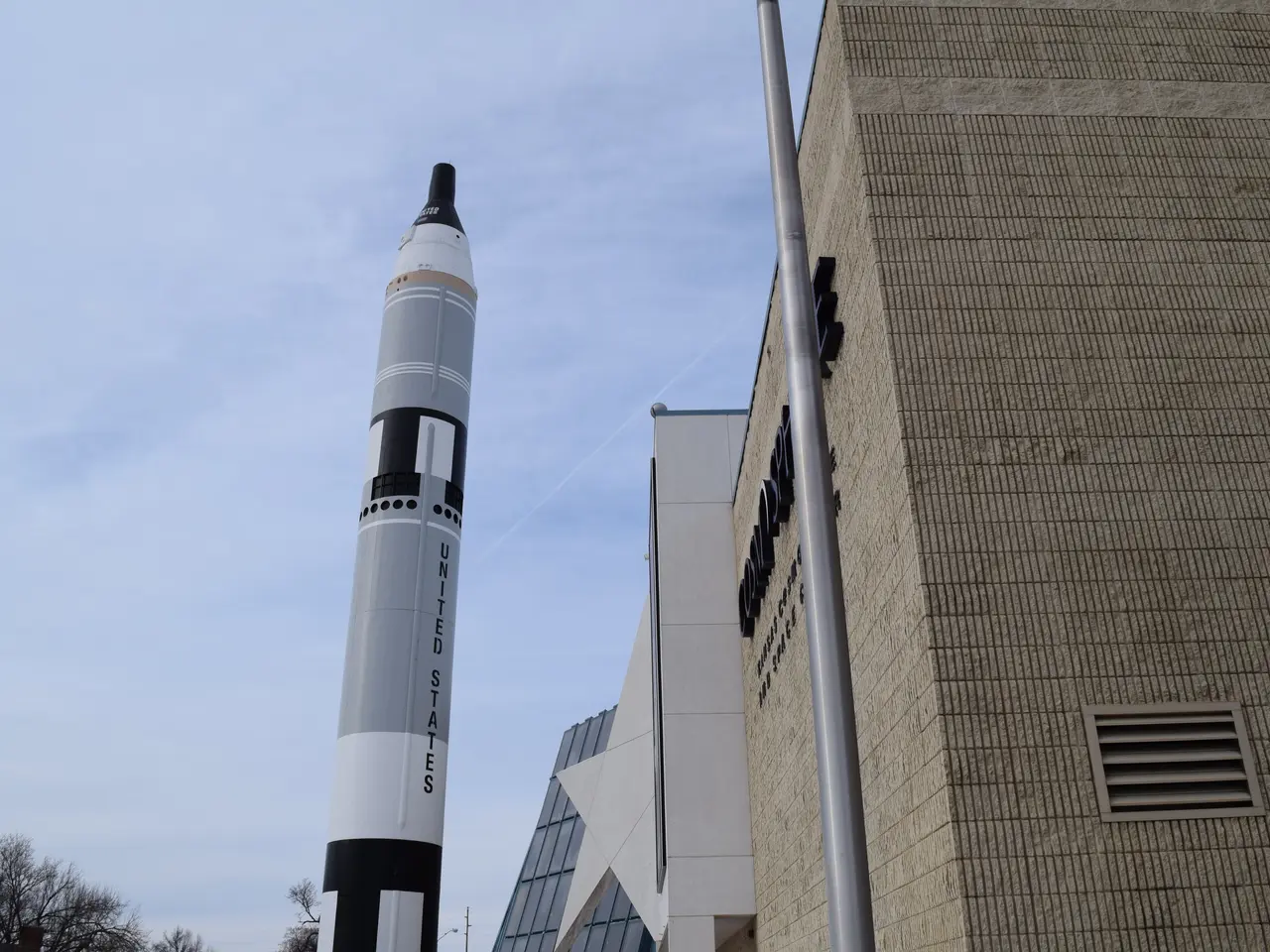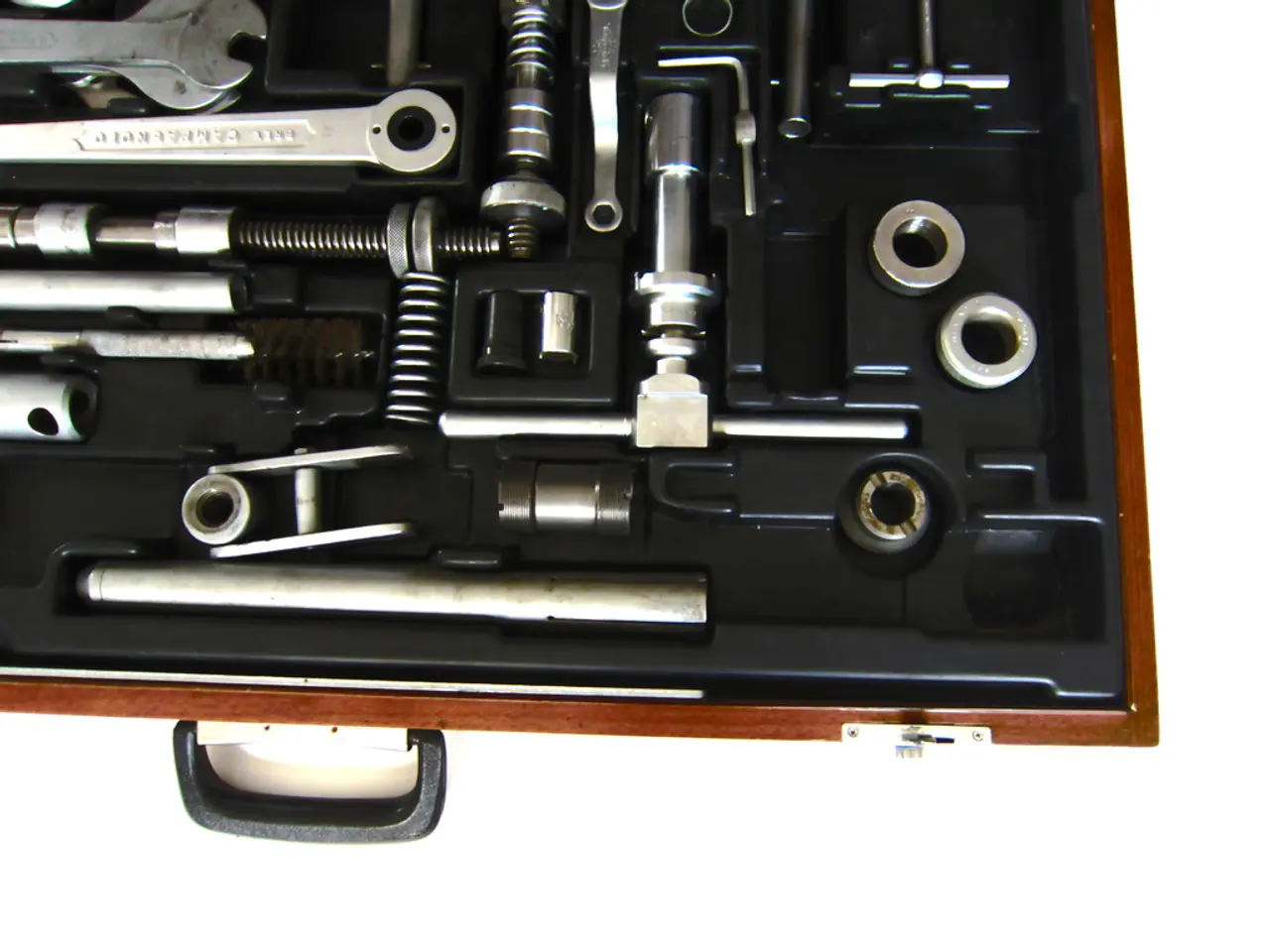Is the Prospect of Space Travel for Regular People Within Reach During Our Lifetimes?
The concept of space tourism, a step towards humanity's broader exploration of the cosmos, is becoming increasingly feasible. With private companies like SpaceX and Blue Origin expanding the boundaries of space exploration, the vision for space travel involves travel to Earth's orbit, the Moon, Mars, and beyond, with potential for space habitations and interplanetary travel. However, space exploration remains a challenging and costly venture, and the high cost of space travel remains a barrier, limiting accessibility to the wealthy few.
Governments can help overcome these economic and technical barriers by establishing regulations and providing research funding. Technological ingenuity, economic investment, and international cooperation are necessary to build a future where space travel is a regular occurrence. Ensuring the safety of passengers and crew is paramount, necessitating rigorous testing and accident-prevention strategies.
One of the significant challenges in space travel is the presence of foreign object debris (FOD) in space. The aerospace industry faces an annual cost of $12 billion due to FOD. Addressing this challenge involves advancements in debris tracking and removal technologies.
Current advances in debris removal technologies are tackling FOD in space, centering on scalable, reusable, and AI-optimized systems designed for safe and cost-effective active debris removal (ADR). These developments are critical for ensuring safe space tourism amid growing orbital congestion.
Key advances in debris removal technologies include Astroscale’s patented multi-object debris removal system. This system uses reusable servicer satellites that dock with debris before transferring them to a "reentry shepherd" vehicle. The servicer is reused across missions rather than sacrificed, reducing costs and environmental impact. Astroscale's ELSA-M mission, launching in 2026, targets inactive "prepared" satellites, while their new patent addresses unprepared debris, showcasing flexibility to handle diverse debris types.
ESA’s ClearSpace-1 mission, planned for launch in 2025, will be the first to actively remove debris from orbit. It employs advanced guidance, navigation, control, and robotic capture technologies developed by a Swiss startup consortium. This mission represents a pioneering commercial in-orbit servicing and debris removal service contract, demonstrating tangible progress toward operational debris clearance.
Optimization and AI/machine learning enhancements are transforming debris tracking and removal operations. Platforms like BQPhy® use quantum-inspired algorithms to prioritize high-risk debris targets, optimize robotic capture paths, and coordinate multi-mission campaigns. This reduces fuel consumption and improves mission success rates while enabling real-time adaptability to changing debris trajectories.
The broader market for space debris removal technologies is rapidly expanding, integrating AI-powered cleanup systems and attracting significant investments. This increasing emphasis on orbital safety for future space activities, including tourism, is reflected in the expanding market.
Together, these innovations promise safer orbital environments by improving debris tracking precision, enabling scalable and repeated removal of multiple debris objects, and harnessing AI for strategic decision-making. This integrated approach is essential for protecting spacecraft and passengers against collision risks posed by foreign object debris, thereby supporting the safety and sustainability of emerging space tourism ventures.
The presence of FOD in space poses a significant challenge to the aerospace industry, but advancements in debris tracking and removal technologies are addressing this issue. These innovations are critical for ensuring safe space tourism and paving the way for a future where space travel is accessible to more people.
- The impact of foreign object debris (FOD) in space can be alleviated through advancements in debris tracking and removal technologies, an essential step towards making space travel safer and more accessible for a broader population.
- Technological innovations, such as those being developed by Astroscale and ESA, are crucial in addressing FOD, enabling the creation of safer orbital environments that will ultimately support the growth of space tourism.




